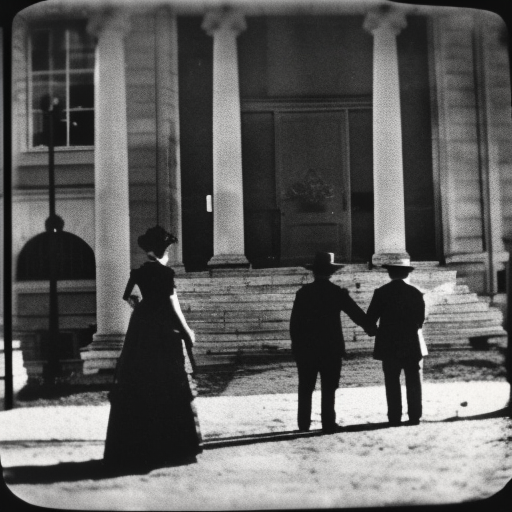The Compromise of 1850: A Fragile Balance
The Compromise of 1850 was a series of legislative measures enacted by the United States Congress to address the contentious issue of slavery in the territories acquired from Mexico during the Mexican-American War. The compromise aimed to maintain a delicate balance between the interests of the North and the South, but ultimately failed to prevent the escalation of tensions that would lead to the American Civil War.
The Background
The acquisition of vast territories from Mexico following the Mexican-American War reignited the debate over the expansion of slavery. The North, with its growing abolitionist sentiment, opposed the extension of slavery into these territories, while the South sought to protect its economic and political interests by ensuring the expansion of slavery.
The Key Provisions
The Compromise of 1850 consisted of several key provisions:
1. California’s Admission as a Free State: California was admitted to the Union as a free state, prohibiting slavery within its borders. This upset the balance between free and slave states, as it tipped the scales in favor of the North.
2. Fugitive Slave Act: The compromise included a strengthened Fugitive Slave Act, which required the return of escaped slaves to their owners, even in free states. This provision was highly controversial and deeply resented by abolitionists in the North.
3. Slave Trade in Washington, D.C.: The slave trade was abolished in the nation’s capital, but slavery itself was still legal. This compromise attempted to appease both sides by limiting the expansion of slavery while not outright abolishing it.
4. Popular Sovereignty: The territories of Utah and New Mexico were left to decide the issue of slavery through popular sovereignty, allowing residents to vote on whether to permit or prohibit slavery. This provision aimed to give the appearance of democratic decision-making while avoiding direct confrontation.
5. Texas Boundary: Texas relinquished its claims to parts of New Mexico in exchange for financial compensation. This resolved a border dispute and further solidified the compromise.
The Impact
The Compromise of 1850 temporarily eased tensions between the North and the South, but it did not resolve the underlying issues. The Fugitive Slave Act, in particular, fueled resentment in the North and led to increased resistance against the enforcement of the law. Abolitionists and sympathizers actively aided escaped slaves, leading to heightened tensions and violence.
The compromise also failed to address the question of slavery in the territories definitively. Popular sovereignty proved to be an ineffective solution, as it only delayed the inevitable conflict. The Kansas-Nebraska Act of 1854, which repealed the Missouri Compromise and allowed for popular sovereignty, further heightened tensions and led to violence in the Kansas Territory.
Ultimately, the Compromise of 1850 was unable to prevent the outbreak of the American Civil War. The deep-rooted divisions over slavery and the failure to find a lasting compromise would eventually lead to the secession of Southern states and the formation of the Confederate States of America.
Conclusion
The Compromise of 1850 was a well-intentioned but ultimately unsuccessful attempt to address the issue of slavery in the newly acquired territories. While it temporarily eased tensions, it did not provide a long-term solution. The compromise’s provisions, particularly the Fugitive Slave Act, further polarized the North and the South and contributed to the growing divide that would eventually lead to the Civil War.












